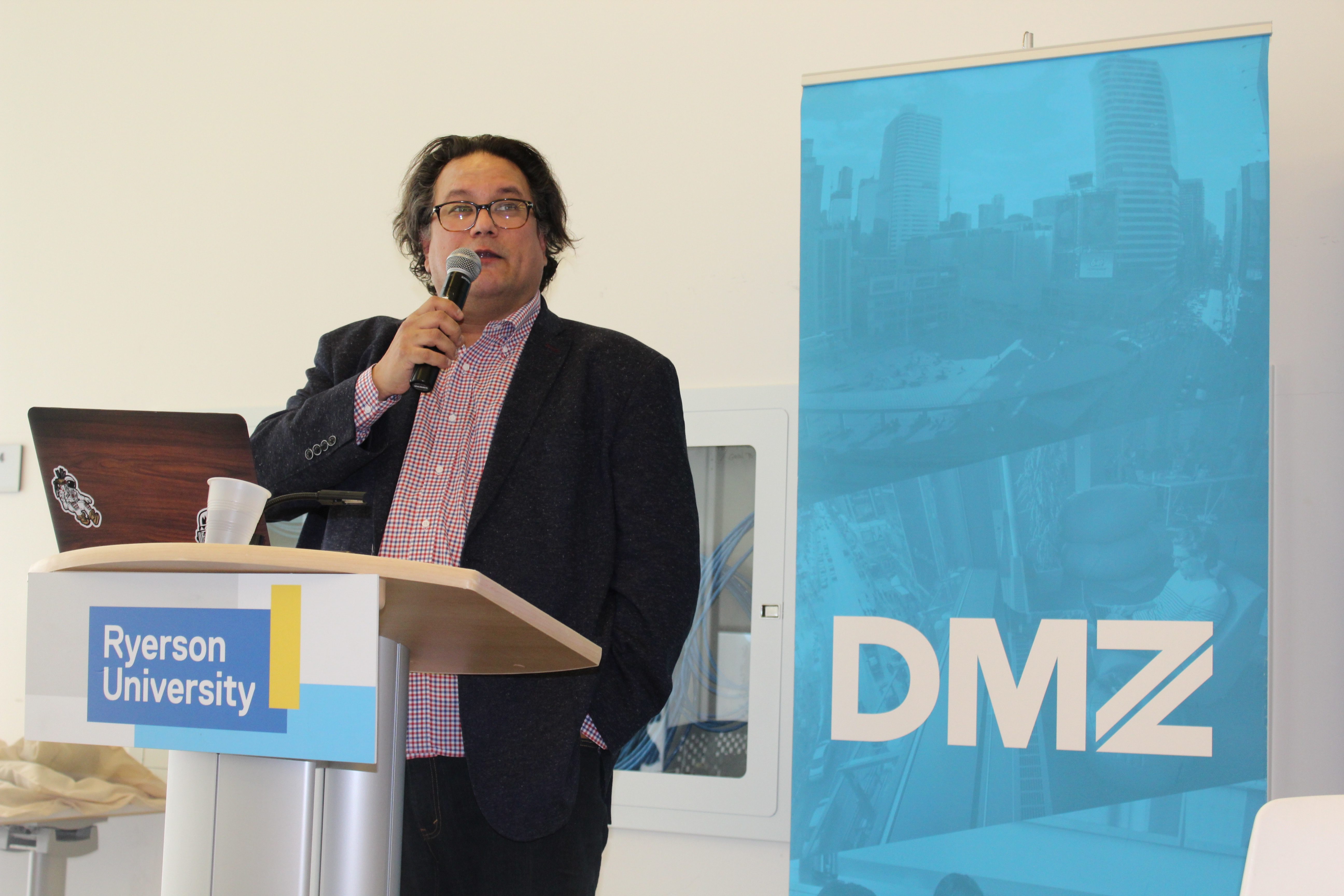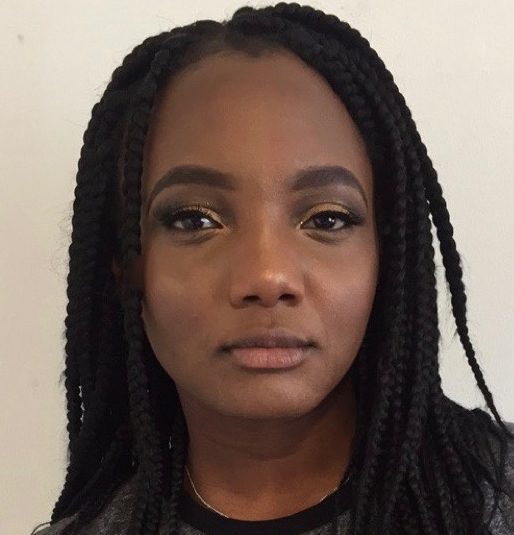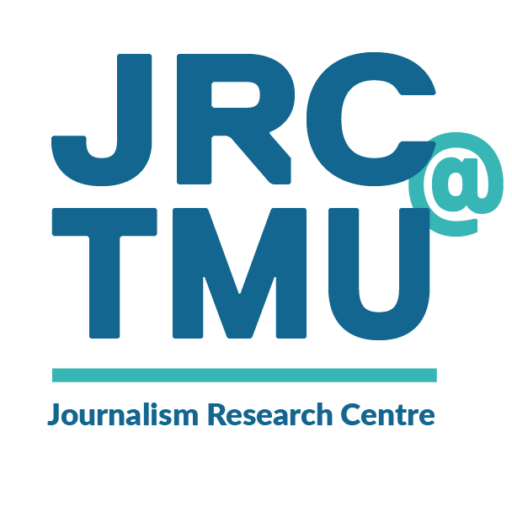By ADJANI N. TOUSSOM
Special to the RJRC
March 5, 2018

White, white, white, white, white. I closed my eyes, shook my head and checked again. White, white, white, beige, tan, almond. My heels clicked against the floor as I walked up and down the aisle, my hope decreasing with every step, my frustration rising with every click. White, white, beige, tan, almond, caramel. Time to give up. Again.
Click, clack, click, clack, click. The noise from my heels continued to echo as I made my way towards the exit. For the third time that day, I left a store empty-handed.
“Did you find everything okay?” asked the store attendant before I reach the door.
“Yes,” I lied, not slowing down. “I was just browsing, thank you,” I said, knowing I would never again visit the store’s makeup section.
Walking to the bus stop, I wondered how many more places I would have to check until I found what I needed. The elusive item? A bottle of foundation. That is, a foundation that would match the colour of my skin, the skin of a black woman. The bottle would replace the one currently sitting at the bottom of my trash can. Closer to orange than to brown, that foundation made me look like a science experiment gone bad. The experience is one of many that makes me wonder if there are any black people in high position within the makeup industry. Surely, if they exist, they wouldn’t waste their time making and releasing makeup that works better for oranges than black skin. Surely, if they exist, finding a foundation wouldn’t be so difficult. Surely, if they exist, I would be able to find something for me.
My unsuccessful shopping trip came to mind as I sat through the Jan. 25 launch of the Digital News Innovation Challenge at Ryerson University. In the same way makeup companies need to know their customers, journalists need to know and connect with their audiences. CBC broadcaster Jesse Wente made this point in his keynote address at the launch of the initiative, which aims to foster digital innovation in journalism. The Challenge, a partnership involving Facebook, the Ryerson School of Journalism and the Ryerson DMZ, will provide up to $100,000 to each of five startups that address a problem in journalism. Wente urged applicants to think of innovations that will help newsrooms connect with their diverse and changing audiences.
“Long-lasting social impact will come from good reporting that is connecting audiences to issues that are present in their daily lives and reflect those audiences,” he said.
Newsrooms and news coverage, he said, have not kept pace with rapidly changing demographics. The result is a vacuum that fake news is rushing in to fill. The solution, he said, is greater diversity among both reporters and editors.
“They’re blind to the fact that they are doing it (alienating readers through lack of diversity in coverage) , because they lack the people internally to tell them not to do that,” he said. “The biggest challenge is also in the editing chair.”
Wente doesn’t have to convince me. Growing up without seeing stories about people like me in the news media left an indelible impact. It’s alienating and creates a feeling of distrust: how could I trust journalists when they didn’t seem to understand me, when they didn’t seem to relate to me?
The reason I got into journalism is to tell the stories I think are missing from the discussion, the stories that still need to be heard, even if no one is listening.
Diversity matters because being ignored is alienating. White, black, Asian, Arab or Indigenous, the discussion of an issue or event in the news media isn’t complete if it doesn’t include diverse voices. Like a good makeup foundation, the news should provide full coverage.

Adjani N. Toussom is a third-year journalism student at Ryerson University.
